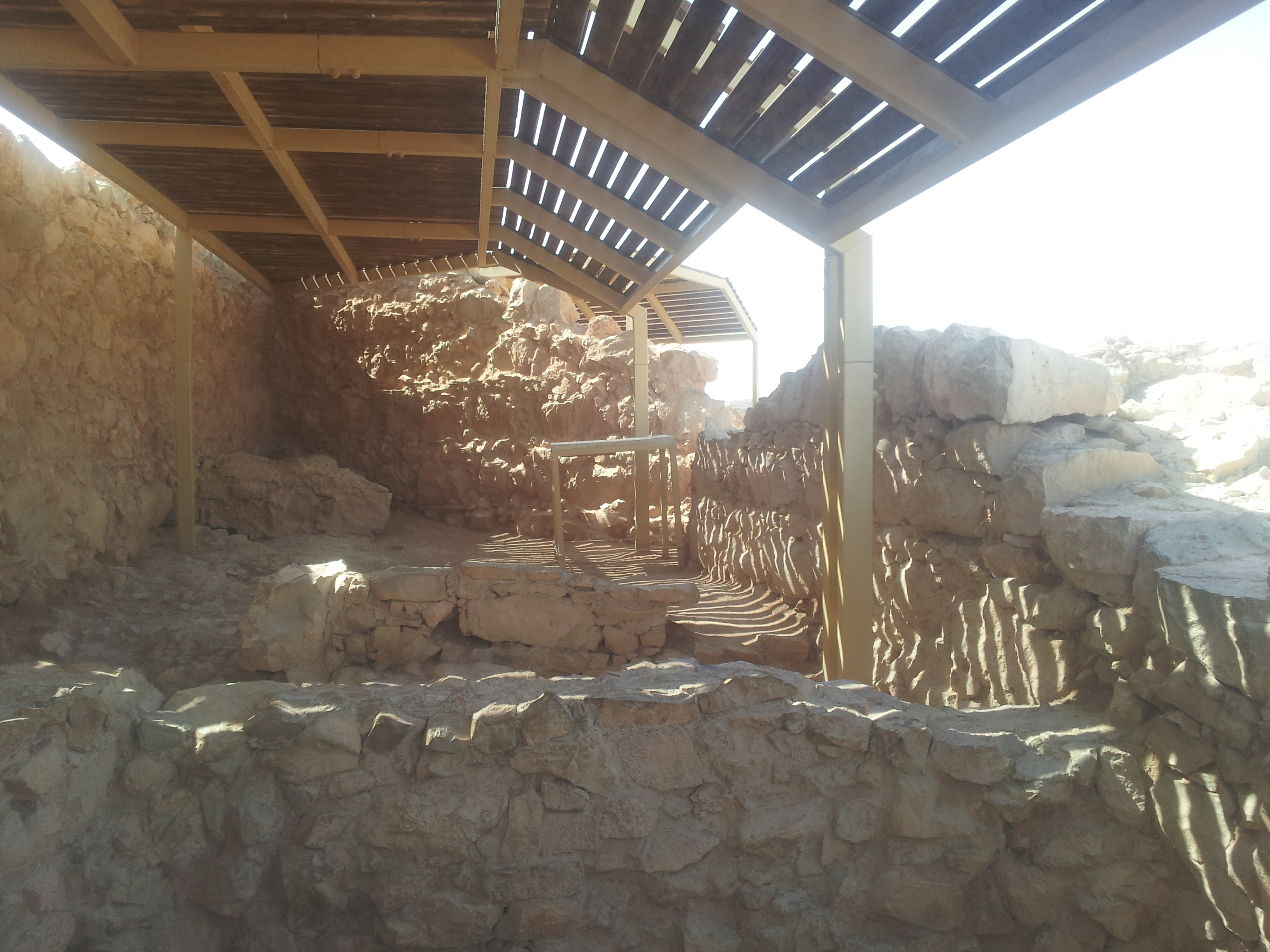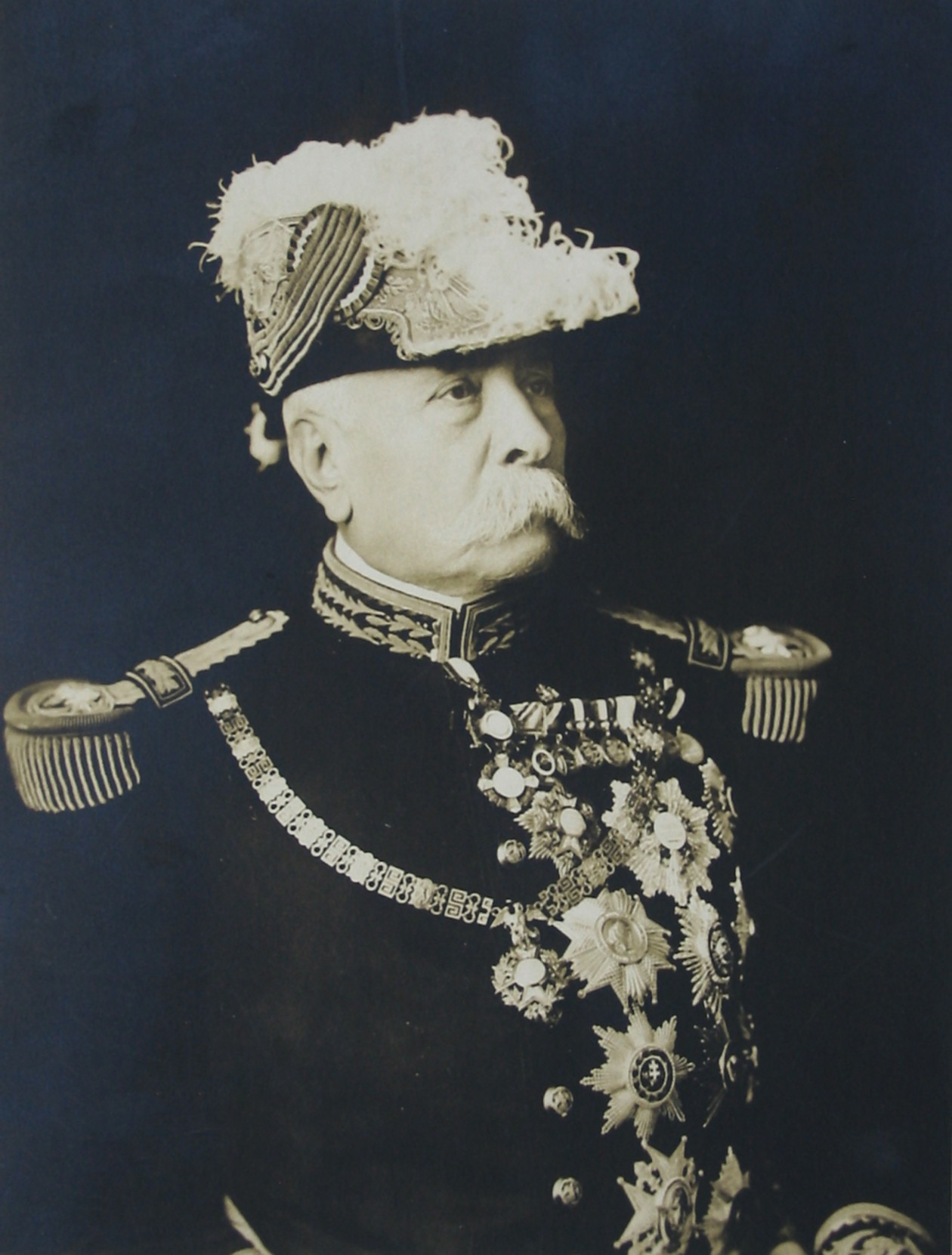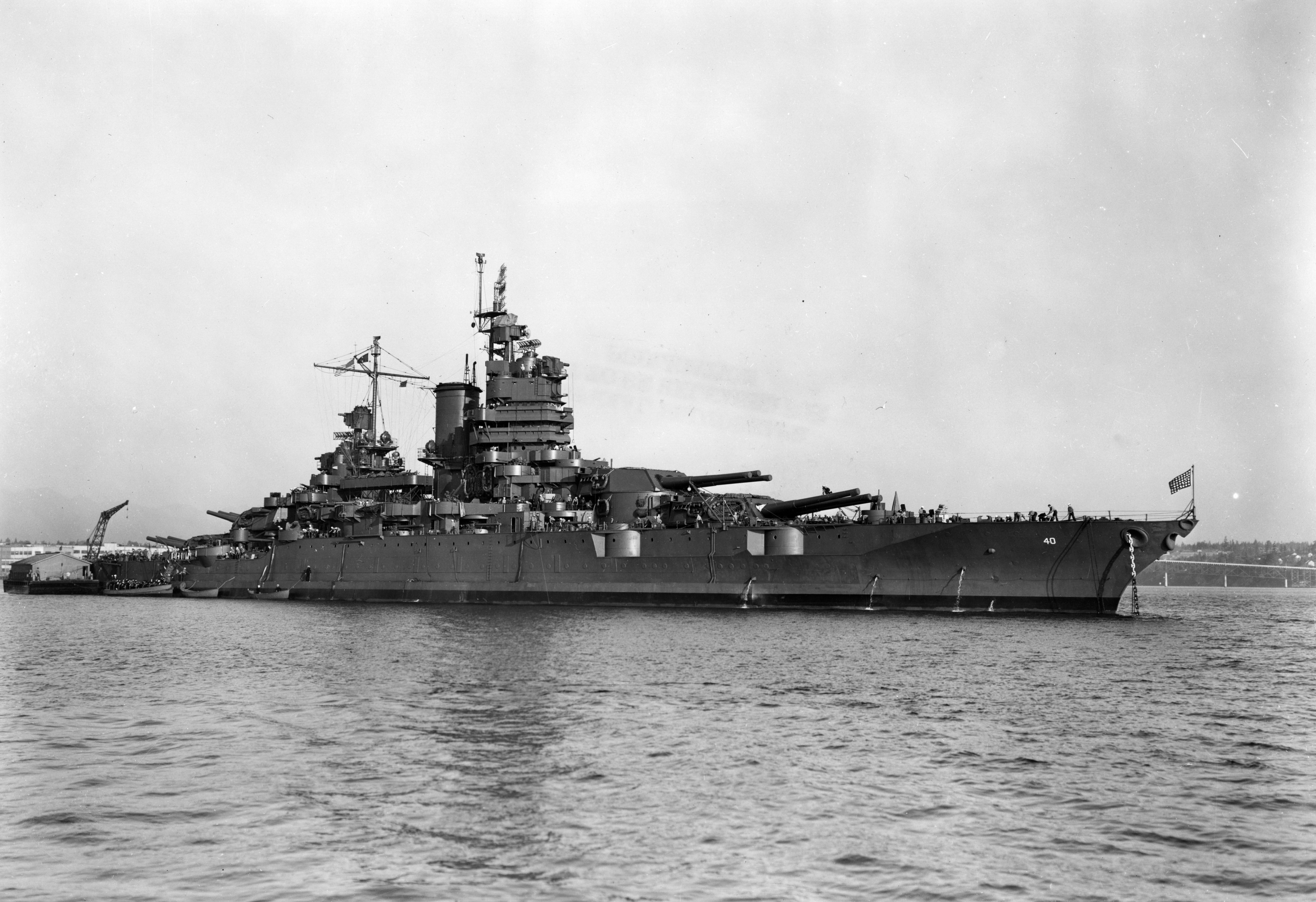|
Maine-class Battleship
The three ''Maine''-class battleships—, , and —were built at the turn of the 20th century for the United States Navy. Based on the preceding , they incorporated several significant technological advances over the earlier ships. They were the first American battleships to incorporate Krupp cemented armor, which was stronger than Harvey armor; smokeless powder, which allowed for higher-velocity guns; and water-tube boilers, which were more efficient and lighter. The ''Maine''s were armed with four guns and sixteen guns, and they could steam at a speed of , a significant increase over the ''Illinois'' class. The three ''Maine''-class battleships served in a variety of roles throughout their careers. ''Maine'' and ''Missouri'' remained in the United States Fleet Forces Command, Atlantic Fleet for their careers, though ''Ohio'' initially served with the Asiatic Fleet from 1904 to 1907. All three ships took part in the cruise of the Great White Fleet in 1907–1909, though ''Mai ... [...More Info...] [...Related Items...] OR: [Wikipedia] [Google] [Baidu] |
Union Iron Works
Union Iron Works, located in San Francisco, California, on the southeast waterfront, was a central business within the large industrial zone of Potrero Point, for four decades at the end of the nineteenth and beginning of the twentieth centuries. History Peter Donohue, an Irish immigrant, founded Union Brass & Iron Works in the south of Market area of San Francisco in 1849. It was later run by his son, James Donohue. After years as the premiere producer of mining, railroad, agricultural and locomotive machinery in California, Union Iron Works, led by I. M. Scott, entered the ship building business and relocated to Potrero Point where its shipyards still exist, making the site on the north side of the Potrero the longest running privately owned shipyard in the United States. After Bethlehem Shipbuilding Corporation bought the works in 1905, the consolidated company came to include the Alameda Works Shipyard, located across the San Francisco Bay in Alameda, California, Alameda and t ... [...More Info...] [...Related Items...] OR: [Wikipedia] [Google] [Baidu] |
Casemate
A casemate is a fortified gun emplacement or armoured structure from which guns are fired, in a fortification, warship, or armoured fighting vehicle.Webster's New Collegiate Dictionary When referring to antiquity, the term "casemate wall" means a double city wall with the space between the walls separated into chambers, which could be filled up to better withstand battering rams in case of siege (see .) In its original early modern meaning, the term referred to a vaulted chamber in a fort, which may have been used for storage, accommodation, or artillery which could fire through an opening or embrasure. Although the outward faces of brick or masonry casemates proved vulnerable to advances in artillery performance, the invention of reinforced concrete allowed newer designs to be produced well into the 20th century. With the introduction of ironclad warships, the definition was widened to include a protected space for guns in a ship, either within the hull or in the low ... [...More Info...] [...Related Items...] OR: [Wikipedia] [Google] [Baidu] |
World War I
World War I or the First World War (28 July 1914 – 11 November 1918), also known as the Great War, was a World war, global conflict between two coalitions: the Allies of World War I, Allies (or Entente) and the Central Powers. Fighting took place mainly in European theatre of World War I, Europe and the Middle Eastern theatre of World War I, Middle East, as well as in parts of African theatre of World War I, Africa and the Asian and Pacific theatre of World War I, Asia-Pacific, and in Europe was characterised by trench warfare; the widespread use of Artillery of World War I, artillery, machine guns, and Chemical weapons in World War I, chemical weapons (gas); and the introductions of Tanks in World War I, tanks and Aviation in World War I, aircraft. World War I was one of the List of wars by death toll, deadliest conflicts in history, resulting in an estimated World War I casualties, 10 million military dead and more than 20 million wounded, plus some 10 million civilian de ... [...More Info...] [...Related Items...] OR: [Wikipedia] [Google] [Baidu] |
Mexican Revolution
The Mexican Revolution () was an extended sequence of armed regional conflicts in Mexico from 20 November 1910 to 1 December 1920. It has been called "the defining event of modern Mexican history". It saw the destruction of the Federal Army, its replacement by a Liberation Army of the South, revolutionary army, and the transformation of Mexican culture and Federal government of Mexico, government. The northern Constitutionalists in the Mexican Revolution, Constitutionalist faction prevailed on the battlefield and drafted the present-day Constitution of Mexico, which aimed to create a strong central government. Revolutionary generals held power from 1920 to 1940. The revolutionary conflict was primarily a civil war, but foreign powers, having important economic and strategic interests in Mexico, figured in the outcome of Mexico's power struggles; United States involvement in the Mexican Revolution, the U.S. involvement was particularly high. The conflict led to the deaths of around ... [...More Info...] [...Related Items...] OR: [Wikipedia] [Google] [Baidu] |
Training Ship
A training ship is a ship used to train students as sailors. The term is mostly used to describe ships employed by navies to train future officers. Essentially there are two types: those used for training at sea and old hulks used to house classrooms. As with receiving ships or accommodation ships, which were often hulked warships in the 19th Century, when used to bear on their books the shore personnel of a naval station (as under section 87 of the Naval Discipline Act 1866 ( 29 & 30 Vict. c. 109), the provisions of the act only applied to officers and men of the Royal Navy borne on the books of a warship), that were generally replaced by shore facilities commissioned as stone frigates, most ''"Training Ships"'' of the British Sea Cadet Corps, by example, are shore facilities (although the corps has floating Training Ships also, including TS ''Royalist''). The hands-on aspect provided by sail training has also been used as a platform for everything from semesters at sea for ... [...More Info...] [...Related Items...] OR: [Wikipedia] [Google] [Baidu] |
Great White Fleet
The Great White Fleet was the popular nickname for the group of United States Navy battleships that completed a journey around the globe from 16 December 1907, to 22 February 1909, by order of President Foreign policy of the Theodore Roosevelt administration, Theodore Roosevelt. It consisted of 16 battleships divided into two Squadron (naval), squadrons, along with various small escorts,The Great White Fleet by Department of the Navy – Naval History and Heritage Comman Archived copy at the Library of Congress (4 February 2012). and earned its moniker for the stark white paint on its hulls. The fleet's prima ... [...More Info...] [...Related Items...] OR: [Wikipedia] [Google] [Baidu] |
Asiatic Fleet
The United States Asiatic Fleet was a fleet of the United States Navy during much of the first half of the 20th century. Before World War II, the fleet patrolled the Philippine Islands. Much of the fleet was destroyed by the Japanese by February 1942, after which it was dissolved, and the remnants incorporated into the naval component of the South West Pacific Area (command), South West Pacific Area command, which eventually became the United States Seventh Fleet, Seventh Fleet. The fleet was created when its predecessor, the Asiatic Squadron, was upgraded to fleet status in 1902. In early 1907, the fleet was downgraded and became the First Squadron of the United States Pacific Fleet. However, on 28 January 1910, it was again organized as the Asiatic Fleet. Thus constituted, the Asiatic Fleet, based in the Philippines, was organizationally independent of the Pacific Fleet, which was based on the United States West Coast until it moved to Pearl Harbor in the Territory of Hawaii i ... [...More Info...] [...Related Items...] OR: [Wikipedia] [Google] [Baidu] |
United States Fleet Forces Command
The United States Fleet Forces Command (USFFC) is a service component command of the United States Navy that provides naval forces to a wide variety of U.S. forces. The naval resources may be allocated to Combatant Commanders such as United States Northern Command (USNORTHCOM) under the authority of the Secretary of Defense. Originally formed as United States Atlantic Fleet (USLANTFLT) in 1906, it has been an integral part of the defense of the United States of America since the early 20th century. In 2002, the Fleet comprised over 118,000 Navy and Marine Corps personnel serving on 186 ships and in 1,300 aircraft, with an area of responsibility ranging over most of the Atlantic Ocean from the North Pole to the South Pole, the Caribbean Sea, Gulf of Mexico, and the waters of the Pacific Ocean along the coasts of Central and South America (as far west as the Galapagos Islands). In 2006 the U.S. Atlantic Fleet was renamed United States Fleet Forces Command. The command is base ... [...More Info...] [...Related Items...] OR: [Wikipedia] [Google] [Baidu] |
Water-tube Boiler
A high pressure watertube boiler (also spelled water-tube and water tube) is a type of boiler in which water circulates in tubes heated externally by fire. Fuel is burned inside the furnace, creating hot gas which boils water in the steam-generating tubes. In smaller boilers, additional generating tubes are separate in the furnace, while larger utility boilers rely on the water-filled tubes that make up the walls of the furnace to generate steam. The heated water/steam mixture then rises into the steam drum. Here, saturated steam is drawn off the top of the drum. In some services, the steam passes through tubes in the hot gas path, (a superheater) to become superheated. Superheated steam is a dry gas and therefore is typically used to drive turbines, since water droplets can severely damage turbine blades. Saturated water at the bottom of the steam drum returns to the lower drum via large-bore 'downcomer tubes', where it pre-heats the feedwater supply. (In large utility boilers ... [...More Info...] [...Related Items...] OR: [Wikipedia] [Google] [Baidu] |
Smokeless Powder
Finnish smokeless powder Smokeless powder is a type of propellant used in firearms and artillery that produces less smoke and less fouling when fired compared to black powder. Because of their similar use, both the original black powder formulation and the smokeless propellant which replaced it are commonly described as gunpowder. The combustion products of smokeless powder are mainly gaseous, compared to around 55% solid products (mostly potassium carbonate, potassium sulfate, and potassium sulfide) for black powder. In addition, smokeless powder does not leave the thick, heavy fouling of hygroscopic material associated with black powder that causes rusting of the barrel. Despite its name, smokeless powder is not completely free of smoke; while there may be little noticeable smoke from small-arms ammunition, smoke from artillery fire can be substantial. Invented in 1884 by Paul Vieille, the most common formulations are based on nitrocellulose, but the term was also used to ... [...More Info...] [...Related Items...] OR: [Wikipedia] [Google] [Baidu] |
Harvey Armor
Harvey armor was a type of steel naval armor developed in the early 1890s in which the front surfaces of the plates were case hardening, case hardened. The method for doing this was known as the Harvey process, and was invented by the United States, American engineer Hayward Augustus Harvey. This type of armor was used in the construction of capital ships until superseded by Krupp armour, Krupp armor in the late 1890s. The Harvey United Steel Company was a steel cartel whose chairman was . The year 1894 would see the ten main producers of armor plate, including Vickers, Armstrong Whitworth, Armstrong, Krupp, Schneider Electric, Schneider, Carnegie Steel Company, Carnegie and Bethlehem Steel, form the Harvey Syndicate. Predecessors Before the appearance of compound armor in the 1880s, armor plating was made from uniform homogeneous iron or steel plates backed by several inches of teak to absorb the shock of projectile impact. Compound armor appeared in the mid-1880s and ... [...More Info...] [...Related Items...] OR: [Wikipedia] [Google] [Baidu] |
Krupp Cemented Armor
Krupp armour was a type of steel naval armour used in the construction of capital ships starting shortly before the end of the nineteenth century. It was developed by Germany's Krupp Arms Works in 1893 and quickly replaced Harvey armour as the primary method of protecting naval ships, before itself being supplanted by the improved Krupp cemented armour. Original Krupp armour The initial manufacturing of Krupp armour was very similar to Harveyized armour; however, while the Harvey process generally used nickel-steel, the Krupp process added as much as 1% chromium to the alloy for additional hardness. Even though use of chromium in steels predated the use of nickel, the necessary amount of chromium complicated steel case-hardening due to its ability to crack (hence water tempering had to be replaced with slower oil-tempering). Also, while Harveyized armour was carburized by heating the steel and placing charcoal on its surface for long periods (often several weeks), Krupp armour ... [...More Info...] [...Related Items...] OR: [Wikipedia] [Google] [Baidu] |







